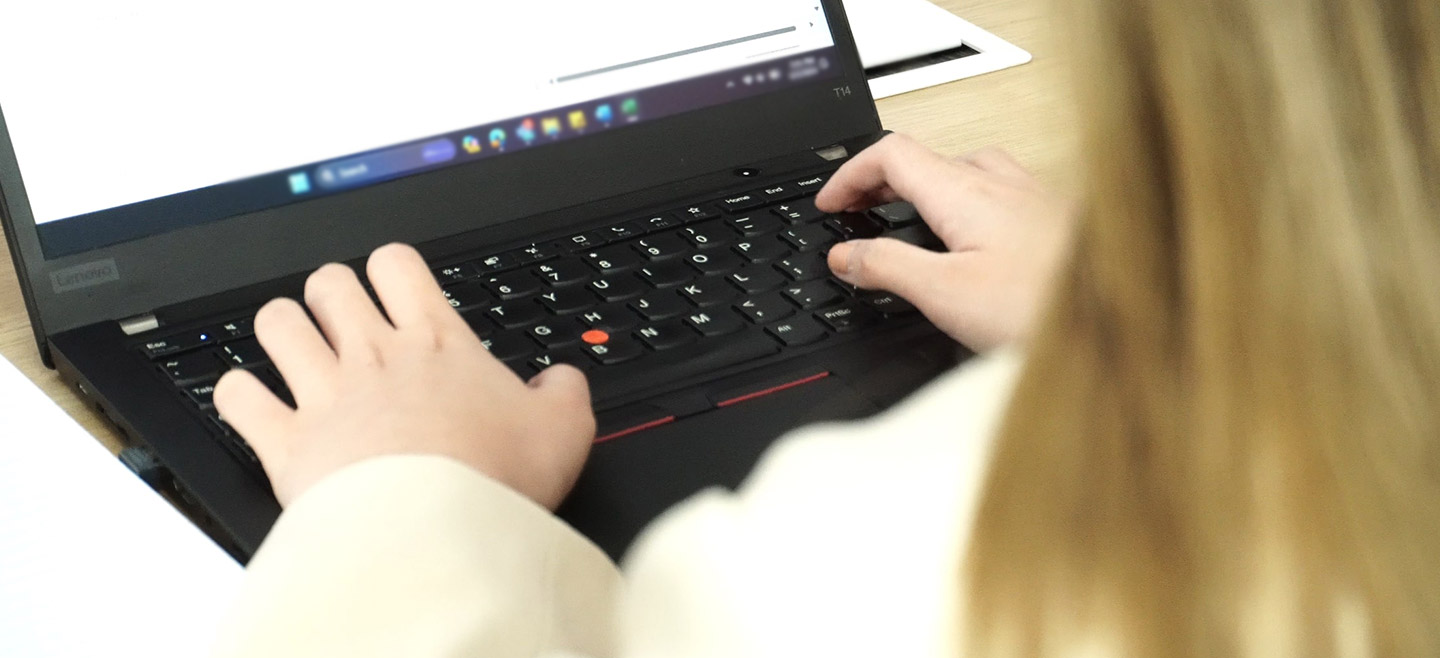The Cost Plus Method (CPM) is one of the five main transfer pricing methods used in evaluating the arm’s length price of related party transactions. It starts by looking at the actual costs a supplier incurs. Then, a reasonable profit margin—similar to what independent companies would use—is added on top. The final amount is considered a fair, arm’s length price for the transaction.
Applicability of CPM
In applying the CPM, a transaction between independent parties (uncontrolled) can be considered comparable to a related-party transaction (controlled) if either of the following is true:
- Any differences between the two transactions—or between the companies involved—do not significantly affect the cost-plus mark-up in a competitive market; or
- If there are material differences, they can be reasonably adjusted to remove their impact on the mark-up.
This ensures that the comparison remains reliable and reflects arm’s length pricing.
CPM is most applicable in the following scenarios:
- Manufacturing and sale of semi-finished goods: When a manufacturer sells semi-finished goods to a related distributor or assembler.
- Joint facility agreements: When services are provided between related entities through shared service arrangements.
- Long-term supply agreements: Where consistent cost structures and mark-ups are maintained over time.
Key comparability factors in CPM
- Nature of the Cost Base – The types of costs included—such as direct labor, materials, and overhead—should be consistently classified across both transactions. Differences in cost accounting practices can affect the mark-up and reduce comparability.
- Functional analysis – This examines the functions performed (e.g., manufacturing, assembly, support services), assets employed (e.g., machinery, technology), and risks assumed (e.g., production risk, inventory risk) by each party. The more similar these elements are, the more reliable the comparison.
- Contractual terms – Agreements around cost reimbursement, mark-up arrangements, and scope of services or goods provided should be aligned. Consistency in contractual obligations enhances comparability.
- Economic circumstances – Factors such as geographic location, market conditions, industry-specific cost structures, and timing of transactions (e.g., inflationary periods or seasonal production) must be considered to ensure comparability.
Advantages of using Cost Plus Method
- Simple for routine transactions – CPM is straightforward to apply, especially for standard or recurring transactions. It doesn’t require deep market research or competitor pricing data.
- Less reliance on product comparability – CPM allows pricing based on internally documented costs.
- Useful when market prices are unavailable – CPM is useful when reliable external market prices or comparables are unavailable. It relies on internal cost structures rather than external benchmarks.
Limitations and challenges
- Sensitive to accounting differences – Companies,even within the same industry and country, often classify costs differently in their financial statements. These variations in accounting treatment (e.g., what’s considered cost of goods sold vs. operating expenses) can make it hard to compare cost bases reliably.
- Difficulty in defining Cost Base – In some cases, there’s no clear link between the costs incurred and the market price. This makes it challenging to justify the mark-up or assess whether the pricing reflects arm’s length conditions.
- Challenges in finding comparable mark-ups – If the supplier in a related-party transaction owns significant business assets, its cost structure may differ from that of independent parties. This can distort the mark-up unless adjustments are made.
- Limited applicability for intangibles – Intangible assets (like intellectual property or brand value) are difficult to value accurately. Cost allocation for these assets is often inconsistent, making CPM less suitable when intangibles are involved.
(Chapter II: Transfer Pricing Methods, OECD Transfer Pricing Guidelines, January 2022 and BIR RR No. 2-2013)
The Cost Plus Method is a practical and widely accepted approach for pricing intercompany transactions, especially in manufacturing and service-related activities. Its strength lies in its simplicity and internal cost-based structure. However, its reliability depends heavily on having accurate cost data and reliable comparables.
To apply CPM effectively, taxpayers must maintain robust documentation and conduct a thorough comparability analysis to support their pricing decisions and demonstrate compliance with arm’s length principles.

